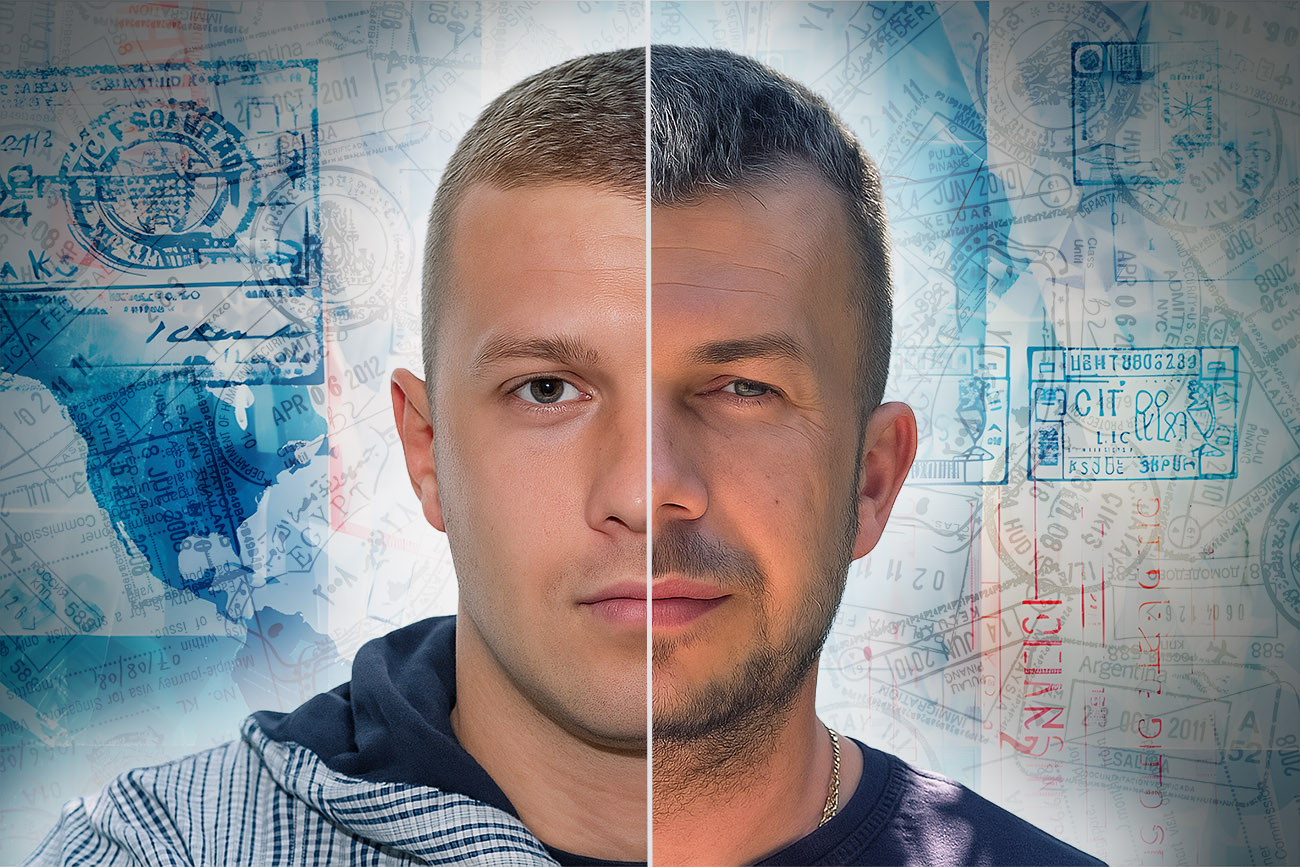By Center for Investigative Reporting
CIN visited a Sarajevo classroom this semester for a look at a typical university lecture scene.
More than a hundred young men and women loiter outside a door in a poorly lit corridor. Some talk in clots about movies, fashion, love problems, a few dance in place to music blasting from their headphones.
It’s 6 o’clock on a Friday evening and they could be any young crowd waiting to get into their favorite club. But they are not.
Don't want to miss our stories?
Sign up for our newsletter.
Don't want to miss our stories?
Sign up for our newsletter.
Behind that door is a decrepit amphitheater and two hours of lecture from Professor Ševko Međedović. At 70, Međedović has been teaching for 40 years. Tonight’s class is ‘The Theory of State and Law.’
Like many university students throughout Bosnia and Herzegovina, these students at the Sarajevo Faculty of Political Science are subjected to long lectures during which they are expected to pay attention, stay quiet and take notes, but not to raise questions or challenges. Teaching has not changed in most BiH classrooms in more than half a century, not even over the past two years since the country signed onto a sweeping university reform program known as the Bologna Process.
Interactive learning, online courses, multimedia presentations, and student-oriented planning – which would never permit the scheduling of such a heavy lesson on the eve of a weekend – are absent from Međedović’s classroom.
Mixed on the battered seats in the amphitheater are first and second year political science students and second year journalism students, all required to attend this lecture for different courses.
Attendance is required, but not learning.
Or even hearing. Past the first rows, it’s hard to hear above the low-level buzz that comes from the movement of papers and shifting of bodies. The professor’s microphone is turned on, but the sound equipment is primitive. From the middle rows back you can see the professor’s mouth moving, but not hear much.
‘I attend classes even though I’m not sure what is going on really’ one student tells a visitor.
The professor makes little effort to gain their attention or keep order. He doesn’t write anything on the blackboard, doesn’t solicit their opinions or ask if they understand.
His students soon just begin talking to each other. The lecture is a social occasion more than an educational one. It doesn’t matter, they say. The professor is just repeating what is in their books and his years of experience never show.
The professor does get his students’ attention once – when he passes out a piece of paper for them to sign: the attendance record. Signing this paper is the main incentive for coming to class, unless you can get a classmate to sign for you.
It’s important the professor know you are in this oversized lecture. One student in the middle rows is in a bright pink coat and she fidgets around so he is certain to see her.
As soon as they sign, students begin leaving. There is no sneaking out. They walk past the professor with a wave of their hands and a low ‘bye.’ Those who stay, tune into turbo-folk and rock music. The MP3 sound of Metallica comes from one cell phone.
About one third of the students remain after a short break. The professor sounds parched and tired. His voice does not hold up against the ringing of cell phones and conversations. He ends 20 minutes early.
Professor Međedović knows about the teaching changes the Bologna Process call for and he favors them. ‘For the time being’ he says, ‘the solution is that we all have to do our best to overcome obstacles that are unfavorable but real.’























